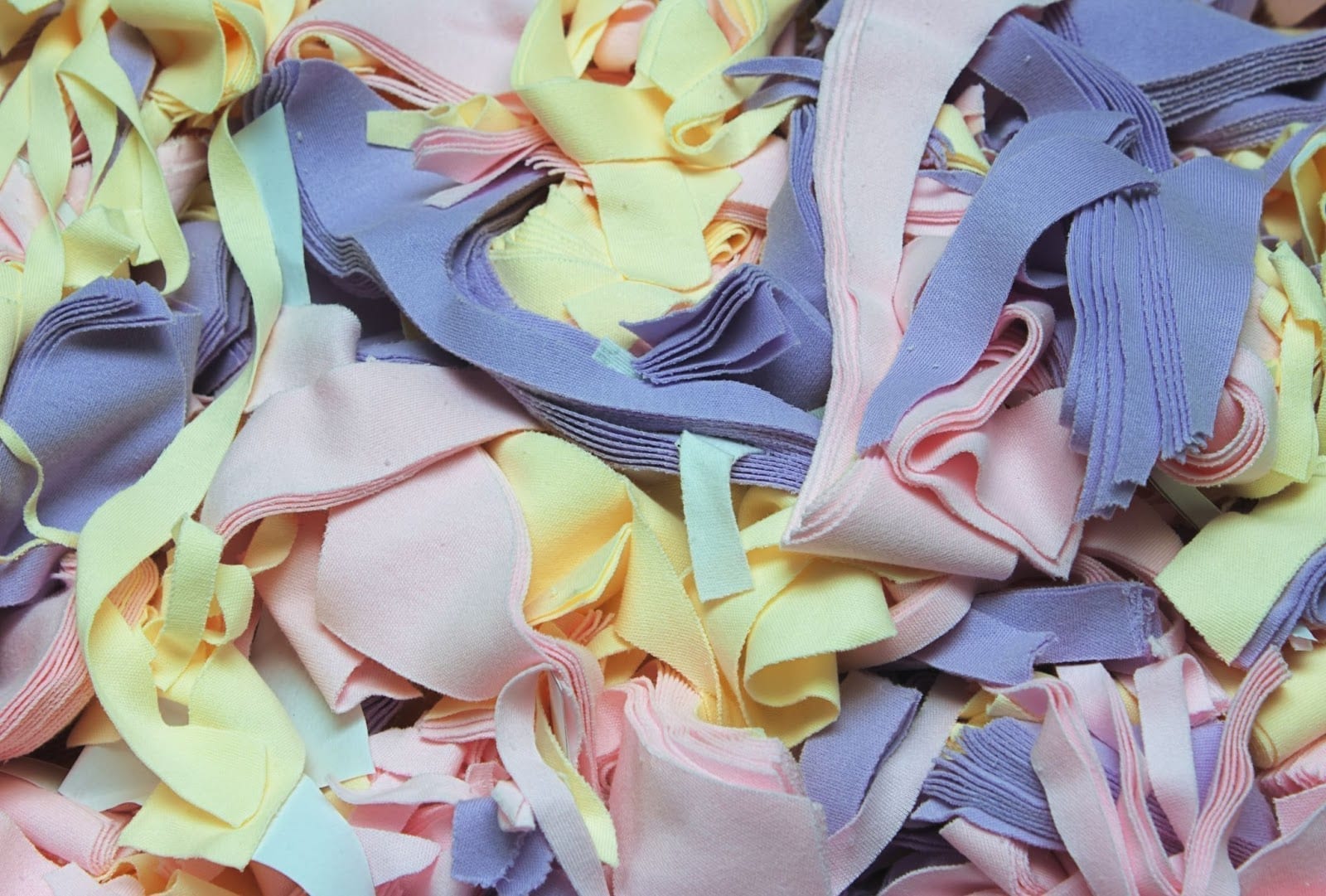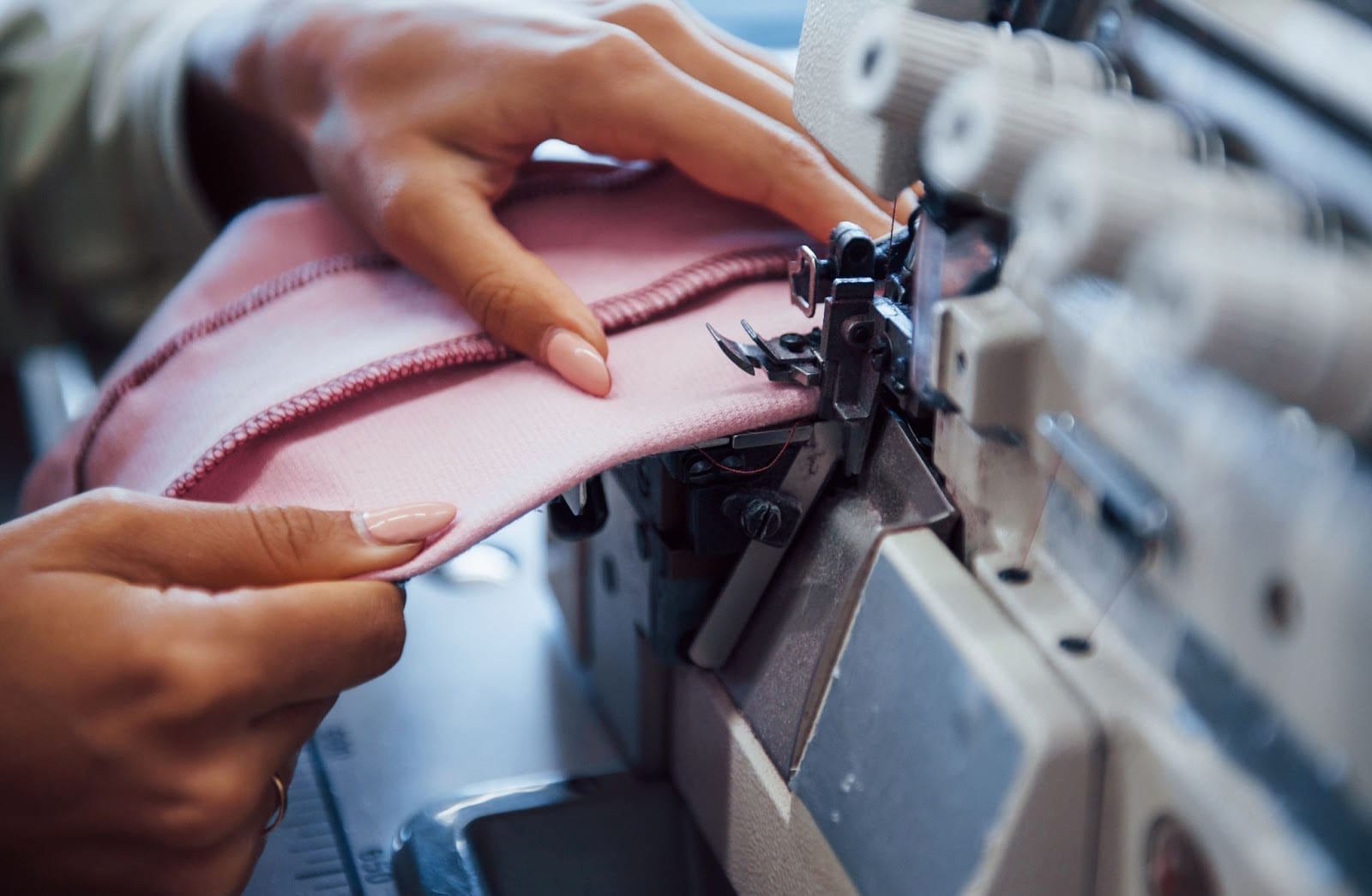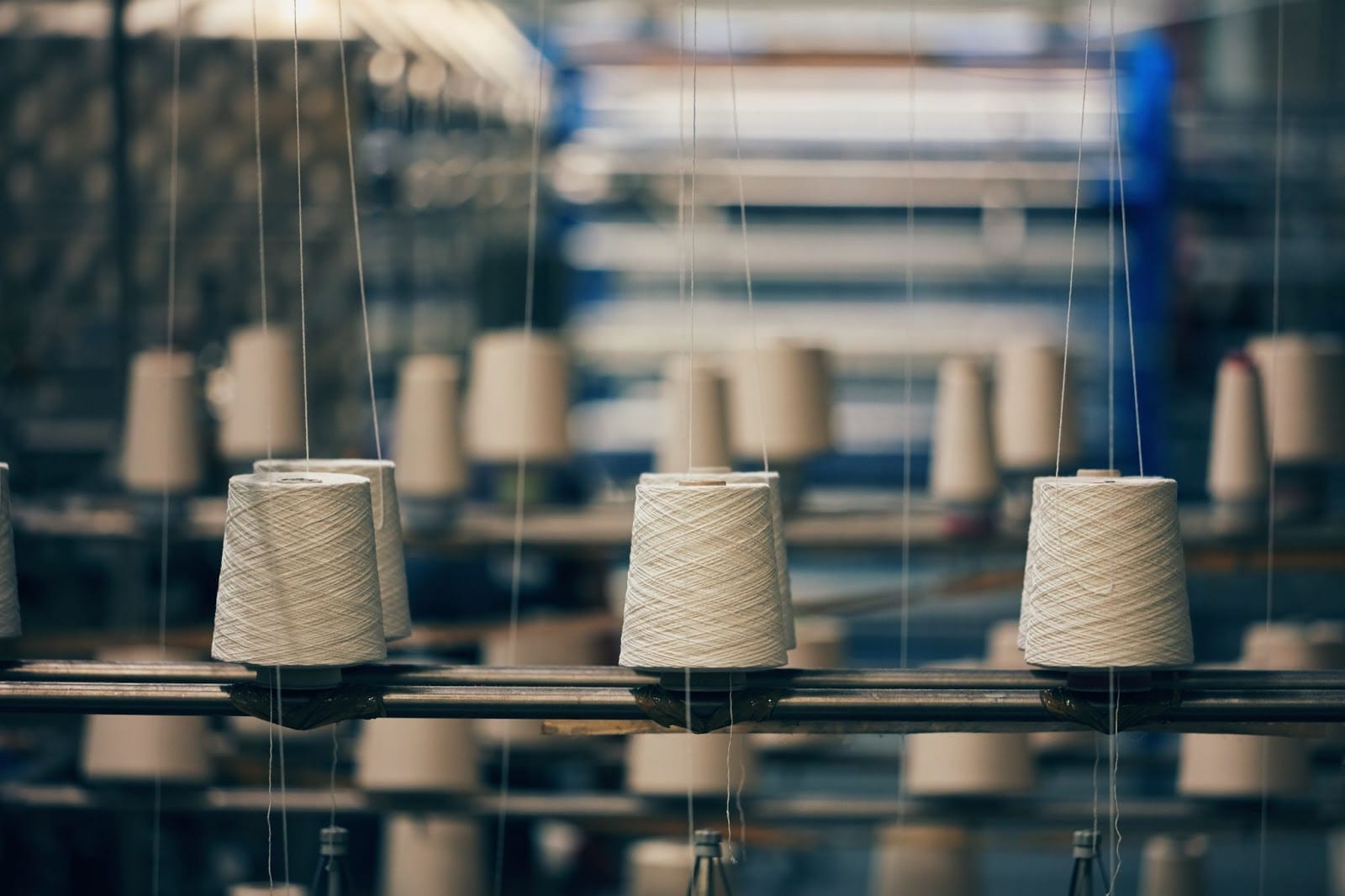We all want to feel good about what we wear. Our style can be a powerful way to express ourselves and to share a piece of us with the world. But how our styles are made can also leave a lasting impact—one that might not reflect our values.
That’s why it’s so important to learn the harmful aspects of fast fashion—and how we can call for a more ethical industry.
Fast fashion companies mass produce clothing with little regard to the environment and to the well-being of the people who make the clothes.
While the industry and fashion companies must shoulder the responsibility of making ethical decisions for people and the environment, as a consumer, it can be useful to know about the problematic aspects of the industry in order to hold brands accountable, or to ditch fast fashion altogether and opt for more ethical, sustainable fashion alternatives.
Things You Might Not Know About Fast Fashion
- Fast Fashion and the Environment
- Fast Fashion Impacts People
- There Are Simple Swaps for Fast Fashion — and Opportunities to Hold the Industry Accountable
Here are three things you might not know — but should! — about fast fashion.

Fast Fashion and the Environment
From start to finish, fast fashion practices harm the environment.
The fashion industry was responsible for about 2.1 billion metric tons of greenhouse-gas emissions in 2018—about 4% of global emissions—according to McKinsey & Company.
Too often, clothing ends up in landfills or discarded. In 2018, for example, 17 million tons of textiles were generated, as estimated by the Environmental Protection Agency.
And because many fast fashion pieces are made out of synthetic fabrics, they won’t break down when they end up in landfills.
Additionally, when plastic-based garments are washed, they release microplastics (small pieces of plastic)—which, essentially, end up in places where plastic shouldn’t be (think: bellies of sea creatures).

Fast Fashion Impacts People
Without garment workers, fashion couldn’t exist. Yet garment workers—many of whom are women of color—are too often underpaid and work in unsafe conditions.
Safety concerns at factories have long been a problem. In 2013, attention was brought to this issue when the collapse of the Rana Plaza factory in Bangladesh killed more than 1,100 people and injured 2,500.
Following the collapse, The Bangladesh Accord on Fire and Building Safety, a legally-binding agreement between brands and trade unions, was put into place.
The accord aims to prevent building collapses, fires, and other accidents through health and safety measures. A renewed agreement was put into place in 2018. However, this agreement isn’t permanent, and its future is unclear.
The accord was set to expire on May 31, 2021, but was renewed for an additional three months.
Additionally, at the beginning of the Covid-19 pandemic, fast fashion brands canceled orders or delayed payment on an estimated $40 billion worth of clothing. This took a dangerous toll on many garment workers, who were already underpaid.
Activists and organizations have continued their work to hold brands accountable. The #PayUp movement, for example, is calling for a fair future for garment workers, where brands must honor contracts, pay living wages, and more.
There is an intersection between fast fashion’s impact on people and the environment.
A shift toward slow, sustainable fashion would be better for everyone. A more ethical and sustainable approach to fashion must consider the people who make the clothes, the people who wear the clothes, and the environment in which the clothes exist.

There Are Simple Swaps for Fast Fashion — and Opportunities to Hold the Industry Accountable
The good news is that there are a number of ways to combat fast fashion’s unethical practices—so there’s likely a solution that will work well for you. Making mindful purchasing decisions, for example, might be an option that you can easily incorporate into your lifestyle.
This might look like choosing garments you know you’ll get a lot of use out of, taking care of what you already have, purchasing from a slow fashion brand, or opting for second-hand pieces.
As opposed to fast fashion companies, slow fashion labels take into consideration the impact of what they produce. Slow fashion labels keep the environment in mind—whether it’s by making products only as they’re ordered, using deadstock materials and eco-friendly dyes, or limiting the amount of resources they use to create clothes.
But slow fashion must also mean taking into consideration the people who make and wear the clothes (such as: paying living wages, ensuring safe and equitable working conditions, offering inclusive sizing, and more).
Another way to push back against fast fashion practices is to become a Consumer Activist—an idea that moves past the concept of being an ethical consumer, and encourages us to push for meaningful, lasting change within the fashion industry.
This might look like holding fashion brands accountable through signing petitions, asking questions, and supporting legislation that would protect garment workers and the environment.
In a recent article, journalist Elizabeth Cline writes: “Would the problem you’re trying to address with your shopping cart be better tackled by a new rule, a new regulation, a ban, an incentive, a new social program, a different way of doing things? The answer is almost always yes.”
Whether you’re learning about these aspects of fast fashion for the first time, or you’ve already been working to hold the industry accountable, there are important conversations to have and changes to be made. And there’s a seat for you at the table.
For more about sustainable fashion, check out these other Causeartist articles.







